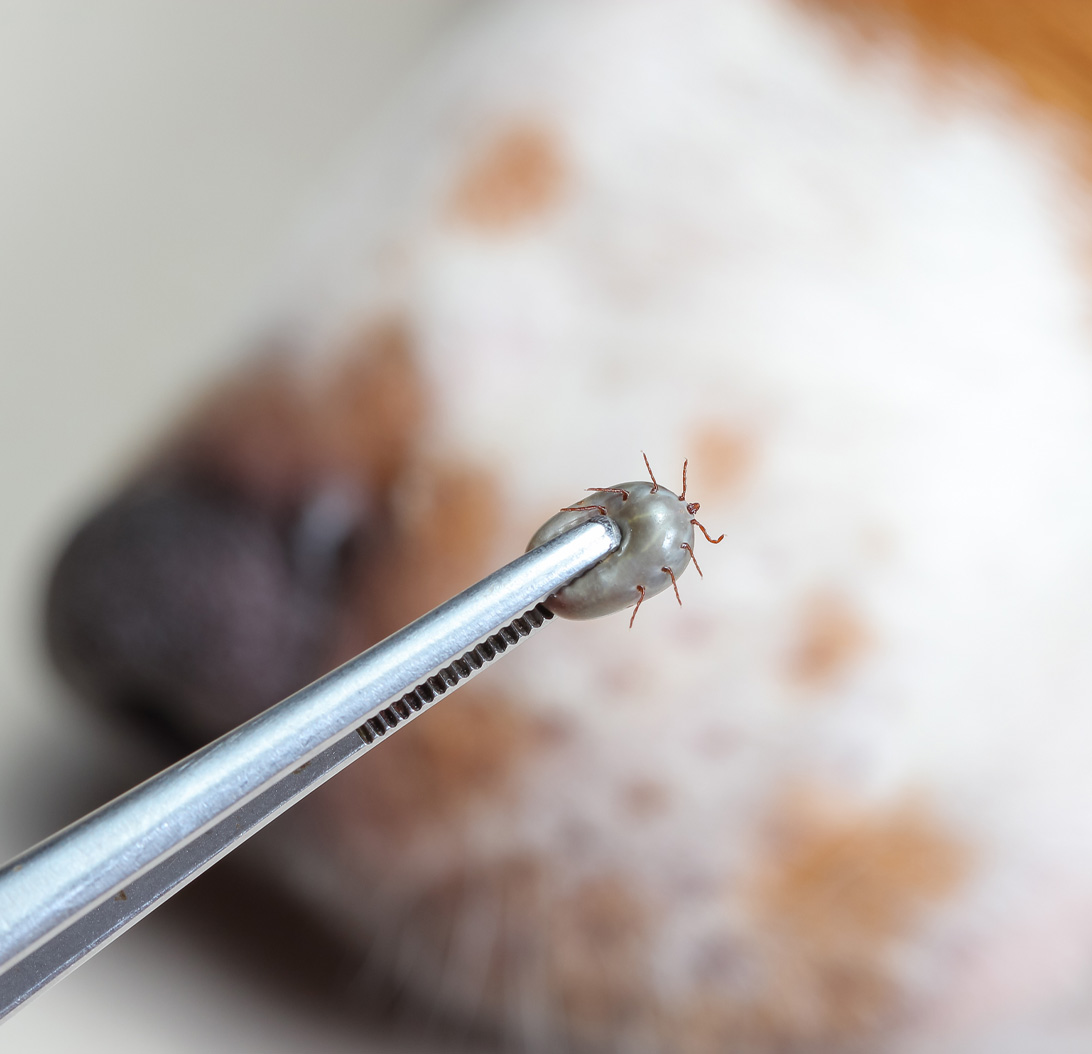Top Frequently Answered Questions (FAQs) On Dog Ticks And Fleas

As pet parents, there can never be enough to know and understand the complexities that fleas and ticks can bring to our doggo’s lives. Many pet parents want to know and educate themselves on how they can eliminate these nasty parasites to ensure a healthy and happy life for their fur babies. Keeping this in mind, we have come up with some of the most frequently asked questions on ticks and fleas. Read on for more information.
- How do dogs get ticks and fleas?

One of the most common ways your dog may get infected with ticks and fleas is when they interact with some other infected animal (mostly a stray). Even if a flea-infested dog or an animal walks through your garden or yard, and in that time, the female flea is laying eggs, they can spread and find a home for themselves in your environment. These eggs later grow into adults and jump onto your dog’s body to find a home. Such animals who transfer fleas and ticks wherever they go are often called salt shakers - for obvious reasons!
- What kind of diseases can spread through ticks and fleas? Can they make my dog sick?
Yes, your dog (even you as a pet parent) can get severely sick if you do not check the infestation of ticks and fleas on their bodies. When fleas feed off your dog’s body, they inject saliva into the skin. These allergens cause allergies in your body. One of the most commonly reported skin problems caused by fleas and tick bites is allergy dermatitis. These are the patches where you will see your dog biting and scratching the most.
If you do not check and prevent flea and tick infections in your pet, they can get serious diseases such as anemia. Fleas are also a common cause of tapeworm in dogs. Some other commonly transmitted diseases through ticks and fleas include Lyme Disease, Rocky Mountain Fever and Tularemia.
- Why is tick and flea prevention important?
If fleas and ticks go unchecked, they can seriously impact your dog’s health, even yours. You must be consistent with flea and tick preventives. Through flea and tick preventives, you can save your pet from pain, even fatality, and also protect your family from the dire consequences of flea and tick infestation. Some of the most common diseases spread through ticks include Lyme Disease and Rocky Mountain Spotted Fever. Also, please be aware that ticks and flea-borne illnesses can even spread to the pet parents if not controlled.
- How do I know that my dog has ticks or fleas?

When ticks start on your dog’s body, they are just the size of a poppy seed - yes, as small as that! However, once they begin to suck the blood, they grow in size. Since pet parents easily miss ticks, they often find them once they see a wound left by them on their pet.
On the other hand, fleas spend much less time on the body. They bite once or twice and then jump off to lay eggs in the environment. One of the most common ways to figure out if your pup has fleas and ticks is by looking for ‘flea dirt’ when you comb your dog with a flea comb. Flea dirt looks like dirt, but if you were to spray it with hydrogen peroxide, it will bubble and turn red in colour as it is simply dried blood and flea poop.
- Are there any symptoms of fleas and ticks?
Yes, there are symptoms that show that your dog may be suffering from fleas and ticks. The most common symptoms include itching and hair loss. The itching and hair loss will happen primarily in your dog's ‘crotch and armpit areas’. If your dog has red skin, scabs and flea dirt, then it could be because of fleas and ticks.
When your dog has ticks, it may create an area where there will be hair loss right at the infested site. If you notice small, circular scabs with swelling underneath, then it is time to take your furry to a vet.
- How can I prevent fleas and ticks on my dog?
If you want to prevent fleas and ticks on your dog, you must use an FDA approved flea/ tick preventive. You can also use anti-tick and fleas shampoo on your dog as it helps in keeping the coat free of parasites. Such preventive measures can be used every 30 days or as per the guidelines mentioned on the product.
These were some essential FAQs on ticks and fleas, which we hope helped in answering any doubts or questions you had.
If you have more queries or need help with your furry, just click here for online vet consultation, who are just a woof away! You can also get tick and flea repellants at our online pet store Zigly.

















The information below is required for social login
Create New Account